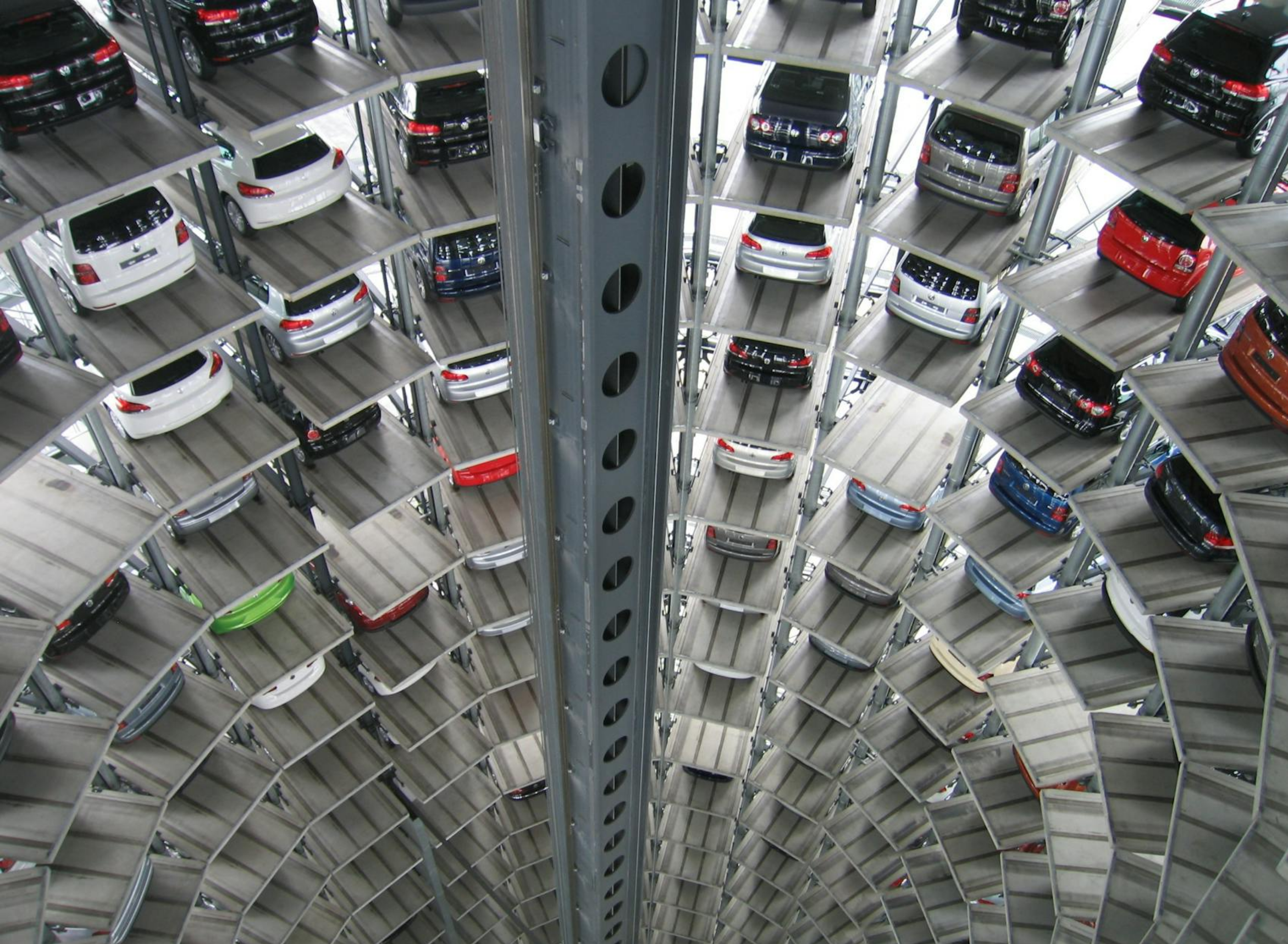Accelerating Forward - How the Electric Vehicle revolution is changing workforce dynamics

The electric vehicle (EV) market is witnessing an unprecedented transformation, reshaping the automotive industry and its peripheral sectors. This shift presents many opportunities and challenges, particularly concerning workforce dynamics in manufacturing, distribution, and service provision. Companies engaged in EV and related industries, like batteries, plastics, and manufacturing services, stand at the forefront of this revolution.
Market demand and growth
The global EV market is booming, driven by environmental concerns, government incentives, and advancements in battery technology. According to Bloomberg NEFs long-term Electric Vehicle Outlook 2023 report, electric vehicles will account for 10% of global passenger cars; commercial vehicles, including buses and trucks, are also transitioning to electric powertrains.
The automotive industry is currently experiencing a significant transformation, with traditional automakers and new players investing heavily in Electric Vehicle (EV) production. This investment covers not only the production of EVs, but extends to the entire EV ecosystem, including battery production, charging infrastructure, and software development. The number of charging stations is increasing rapidly, making EVs more accessible for average consumers. Furthermore, advancements in battery technology are leading to longer ranges and shorter charging times, two of the most significant consumer concerns.
To meet the surging demand for EVs, automotive giants and new entrants are expanding their manufacturing capabilities. This includes opening new plants, such as Tesla's Gigafactory, completed in 2022, and converting existing facilities to EV production, with loan incentives, grants, and tax credits to support funding. These facilities are significantly more technologically advanced than their traditional counterparts, featuring state-of-the-art developments in fields like robotics and digital manufacturing.
New workforce skill sets are impacting workforce dynamics
This industry shift impacts the workforce as well. There is an increasing demand for new skill sets, particularly in areas like battery technology, electric powertrain engineering, and software development for vehicle electronics. To meet this demand, companies are upskilling their existing workforce and attracting new talent.
The EV revolution is also creating jobs beyond the manufacturing sector. The expansion of charging infrastructure requires a substantial workforce for installation, maintenance, and operation. Similarly, the recycling and repurposing of EV batteries open new avenues in the circular economy, requiring specialized skills in materials science and chemistry.
While the industry's rapid growth is positive, it does strain existing workforce capabilities and bring a unique set of challenges, particularly in compliance and worker classification.
Workforce compliance becomes complex and challenging
Companies must navigate a complex web of federal and state regulations covering everything from vehicle safety to environmental standards as well as adhere to labor laws and standards, including wage and hour laws, health and safety regulations, and equal employment opportunity laws. Failure to comply with these regulations can result in costly penalties, legal challenges, and reputational damage.
The industry's boom is supported by a diverse range of employment arrangements, from traditional full-time employees to contractors and gig workers. Hiring managers must compete to find local talent in the tight labor pool within their budget and quickly onboard to support their projects. Such pressures can sometimes influence an organization to engage in hiring practices, whether deliberately or unintentionally, that risk non-compliance, and legal repercussions.
Classifying workers is critical to compliance
In this dynamic landscape, roles are rapidly developing, requiring a fusion of traditional skills and new tech experience. The gig economy complicates traditional employment models and increases challenges regarding adherence to labor laws and tax codes regarding worker classification. As the industry and opportunities continue to expand, appropriate worker classification will remain critical.
Traditional manufacturers and new players alike must navigate a complex landscape of regulations and employment laws. Workforce solutions providers offer valuable expertise to ensure that companies not only comply with these regulations but also optimize their workforce strategies for success in this dynamic industry. Having a partner like TRS Workforce Solutions to help drive process efficiencies, ensure appropriate worker classification, and maintain compliance is invaluable.
For more information on worker misclassification or attracting talent in this tight labor market, get in contact with us.
